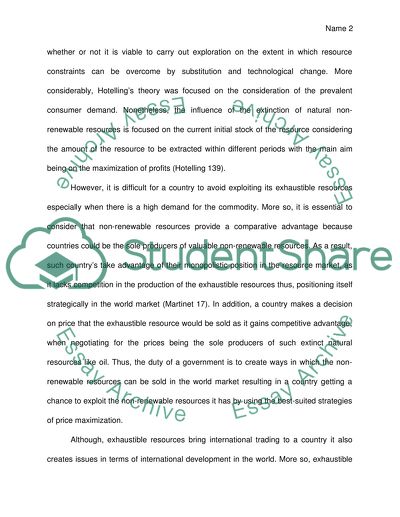Cite this document
(“The economics of Exhaustible Resources Essay Example | Topics and Well Written Essays - 3500 words”, n.d.)
Retrieved de https://studentshare.org/macro-microeconomics/1450425-a-literature-review-on-harold-hotellingyies-work
Retrieved de https://studentshare.org/macro-microeconomics/1450425-a-literature-review-on-harold-hotellingyies-work
(The Economics of Exhaustible Resources Essay Example | Topics and Well Written Essays - 3500 Words)
https://studentshare.org/macro-microeconomics/1450425-a-literature-review-on-harold-hotellingyies-work.
https://studentshare.org/macro-microeconomics/1450425-a-literature-review-on-harold-hotellingyies-work.
“The Economics of Exhaustible Resources Essay Example | Topics and Well Written Essays - 3500 Words”, n.d. https://studentshare.org/macro-microeconomics/1450425-a-literature-review-on-harold-hotellingyies-work.


